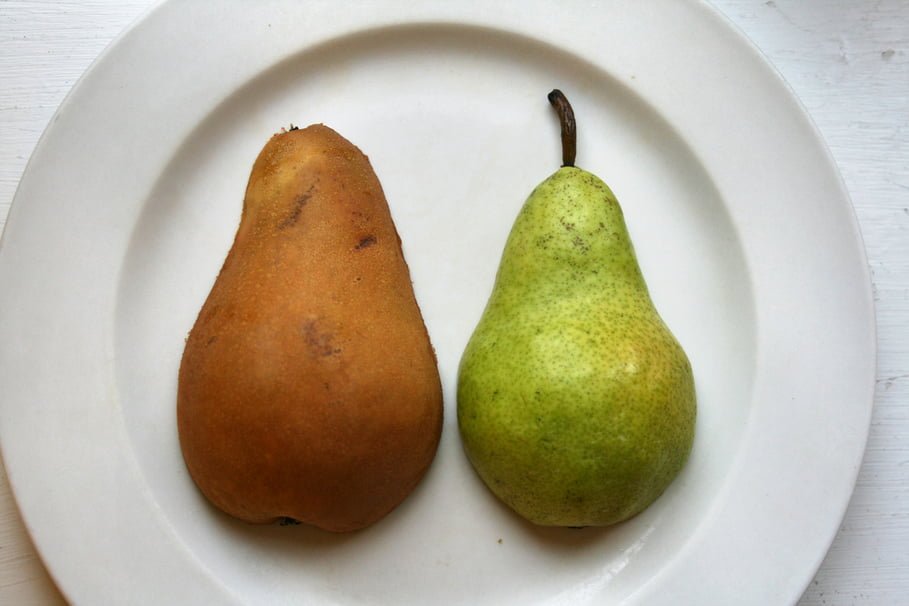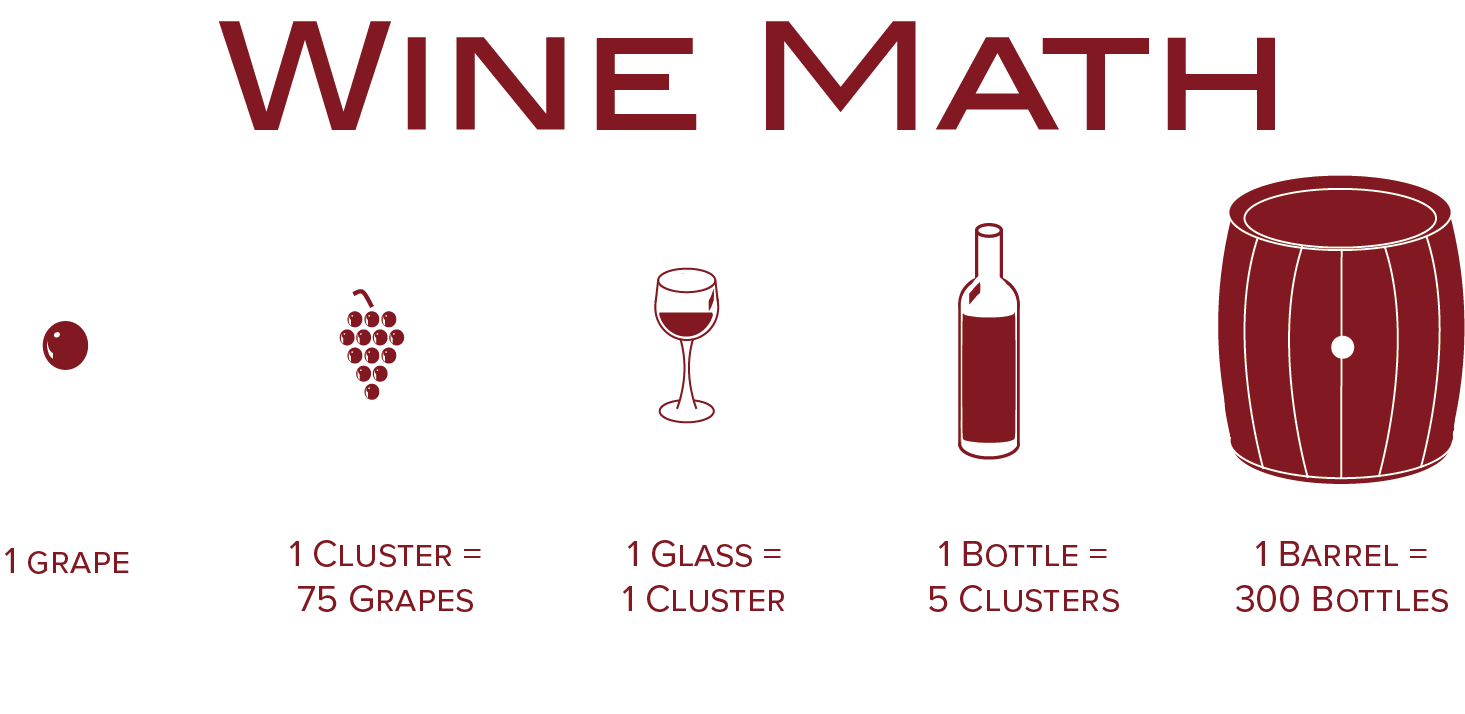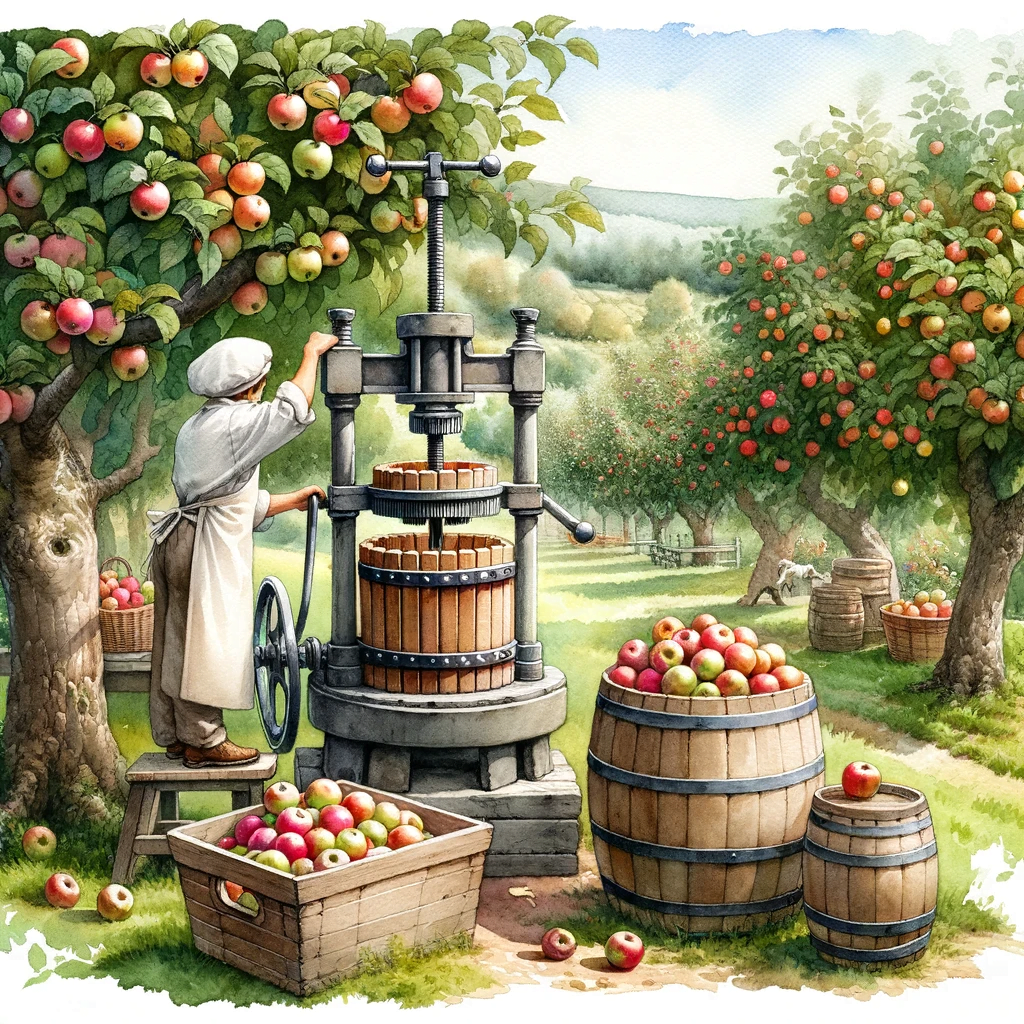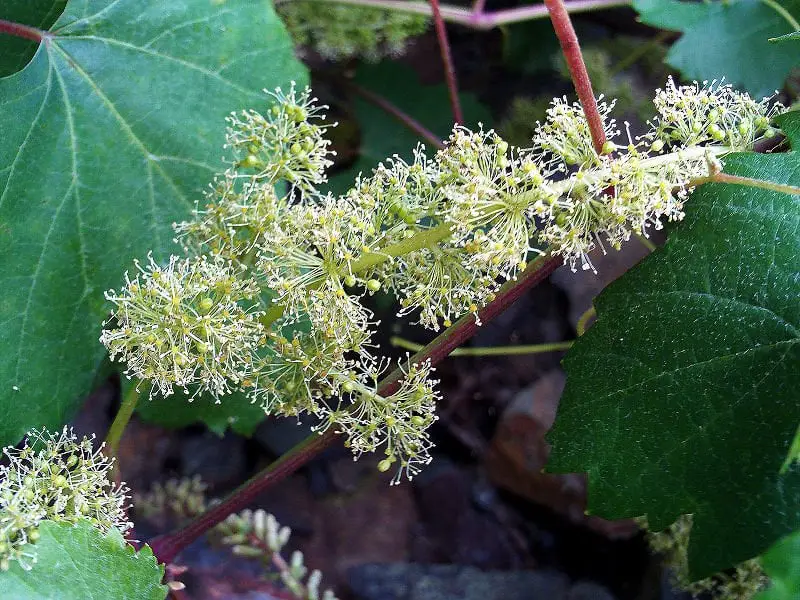Determining the ripeness of Bartlett pears can be a delicate art that requires a keen eye and gentle touch. In this article, you will discover a straightforward guide on how to confidently identify if Bartlett pears are ripe, enabling you to savor their delightful sweetness at just the right moment. By mastering this skill, you will be able to pick the perfect pears from the grocery store or your own backyard orchard, ensuring a pleasurable and satisfying experience every time.
Appearance
Skin color
The skin color of a Bartlett pear can vary depending on its ripeness. When the pear is still unripe, the skin color is typically bright green. As the pear starts to ripen, the skin transitions to a yellowish-green hue. Fully ripe Bartlett pears have a vibrant yellow skin color, often with a slight blush of red. It is important to note that the skin color alone may not be the sole indicator of ripeness for Bartlett pears, as other factors like firmness and fragrance should also be taken into consideration.
Texture
The texture of a ripe Bartlett pear is smooth and slightly soft to the touch. When you gently run your fingers over the pear’s skin, it should feel free of any bumps or unevenness. The skin should also not be too hard or tough, as that may indicate an unripe pear. Reaching the optimal texture is crucial for enjoying the perfect Bartlett pear, as it ensures a delightful eating experience.
Shape
Bartlett pears typically have a classic pear shape. They are round at the bottom and taper towards the stem. While the overall shape remains consistent, the fruit may have slight variations in form. Some Bartlett pears may have a more elongated body, while others are more stout. Regardless of the specific shape, the key is to choose pears that have a consistent and symmetrical appearance, free from any significant deformities.
Firmness
Thumb Test
To determine the firmness of a Bartlett pear, perform the thumb test. Apply gentle pressure with your thumb on the flesh near the stem end of the fruit. A ripe pear will yield slightly to this pressure, indicating that it is ready to eat. If the pear feels firm and does not give under the pressure, it is likely underripe. On the other hand, if the pear feels overly soft and mushy, it may be overripe or on the verge of spoiling.
Press Test
In addition to the thumb test, the press test can also help assess the firmness of a Bartlett pear. Hold the pear in the palm of your hand and gently press around the fruit’s middle section. A ripe pear will give slightly when pressed but still retain some firmness. If the pear feels too hard or completely unyielding, it is not yet ripe. Conversely, if the pear feels excessively mushy, it may have become overripe and will not have the desired texture.

Fragrance
Smell around the stem
The fragrance of a Bartlett pear plays a crucial role in determining its ripeness. To test the aroma, hold the pear close to your nose and take a deep breath. Pay particular attention to the area around the stem, as it is known to emit the most potent fragrance. A ripe Bartlett pear will have a sweet, floral scent that is enticing and inviting. If there is little to no fragrance, it is an indication that the pear is not yet fully ripe.
Aroma intensity
The intensity of the pear’s aroma can also provide clues about its ripeness. A ripe Bartlett pear will have a strong and pronounced fragrance that fills the air when you bring it close to your nose. The aroma should be pleasant, reminiscent of a mix of sweet and fruity notes. On the other hand, if the scent is weak or barely noticeable, the pear may still need more time to ripen fully.
Color of the Flesh
Pale and firm
When you cut open a ripe Bartlett pear, the flesh should have a pale, creamy color. It should appear firm and slightly crisp, without being overly hard. The flesh may have a slightly translucent quality, allowing light to pass through while still maintaining its solid structure. This pale and firm flesh is a sign that the pear has reached its optimal ripeness and is ready to be savored.
Bright and juicy
In contrast to an unripe pear, a ripe Bartlett pear will display a bright and juicy flesh color. As the pear ripens, the flesh develops a more vibrant shade of yellow and becomes softer to the touch. When you take a bite, the flesh should be succulent and bursting with juiciness, offering a refreshing and satisfying taste. The vibrant and juicy nature of the flesh is a telltale sign that the Bartlett pear has reached its peak ripeness.

Stem
Color
The color of the stem can provide insights into the ripeness of a Bartlett pear. A ripe pear will have a light brown or golden stem color. This change in color indicates that the pear has undergone the necessary maturation process and is ready to be enjoyed. On the other hand, if the stem remains green or shows signs of being shriveled and dried out, it suggests that the pear is not yet ripe or may have passed its prime.
Ease of removal
Another factor to consider when assessing a Bartlett pear’s ripeness is the ease of removing the stem. When a Bartlett pear is fully ripe, the stem should detach easily from the fruit with minimal effort. Gently twist and pull the stem to see if it comes off smoothly. If the stem does not release easily, the pear may not be fully ripe or could still benefit from additional time to mature.
Touch
Smoothness
When handling a ripe Bartlett pear, the skin should feel smooth to the touch. Run your fingers gently over the pear’s surface, checking for any rough or uneven areas. A ripe pear will have an even and velvety texture, indicating that it has reached its optimal ripeness. Avoid pears with rough or bumpy skin, as they may indicate signs of damage or have not yet fully ripened.
Tenderness
Alongside smoothness, the tenderness of a Bartlett pear is an essential aspect to consider when determining ripeness. Give the pear a gentle squeeze in the palm of your hand. A ripe pear should feel slightly soft and yield to pressure without being overly mushy or squishy. The perfect balance of tenderness ensures that the pear is ripe and ready to be enjoyed, offering a pleasurable texture with each bite.

Sound
Thumping sound
To further assess the ripeness of a Bartlett pear, you can listen for a specific sound. Hold the pear in your hand and gently tap it with your finger. A ripe pear will produce a hollow and slightly muffled sound, similar to that of tapping a drum. This thumping sound indicates that the pear is at its peak ripeness and ready to be eaten. If the sound is dull or lacks resonance, it suggests that the pear may still need additional time to mature.
Shaking the pear
In addition to the thumping sound, shaking the pear can provide additional information about its ripeness. Hold the pear close to your ear and gently shake it. If you hear the seeds rattling inside, it indicates that the pear is fully ripe. The seeds becoming loose inside the fruit is a natural process that occurs when the pear reaches its peak ripeness. However, if you do not hear any movement or the seeds remain tightly attached to the pear’s flesh, it may not be fully ripe yet.
Weight
Heaviness
The weight of a Bartlett pear can be an important indicator of its ripeness. When you hold a ripe pear in your hand, it should feel relatively heavy for its size. The weight is a result of the pear’s high water content, indicating that it is juicy and ripe. Pears that feel excessively light may be underripe or could have lost some of their moisture during the ripening process.
Weight distribution
In addition to the overall weight, it is also crucial to pay attention to the weight distribution of a Bartlett pear. A ripe pear should feel evenly weighted throughout its entire body. If you notice that the weight is concentrated more towards one side or there are significant variations in weight, it might indicate uneven ripening or possible internal damage. Opt for pears with a well-balanced weight distribution for the best quality and taste.

Age
Harvest date
Knowing the harvest date of a Bartlett pear can provide valuable insights into its ripeness. Bartlett pears are typically harvested when they are still green and unripe. After harvesting, the pears undergo a period of maturation off the tree to develop their optimal flavor and texture. The harvest date can help you estimate the time it has had to ripen, ensuring that you choose a pear that is at the right stage of maturity.
Ripening time
The ripening time of Bartlett pears can vary depending on various factors such as temperature and storage conditions. On average, it can take anywhere from 3 to 7 days for a Bartlett pear to ripen fully after being picked. Properly gauging the ripening time is crucial to ensure that the pear is not consumed too early or allowed to become overripe. Regularly monitoring the pear’s firmness, fragrance, and color can help determine the optimal ripening time.
Storage
Temperature
Temperature plays a significant role in the ripening process of Bartlett pears. To ripen the pears, store them at room temperature, ideally between 65 to 75 degrees Fahrenheit (18 to 24 degrees Celsius). Warmer temperatures can accelerate the ripening process, while cooler temperatures slow it down. Once the pears have reached their desired level of ripeness, you can refrigerate them to slow down further ripening and prolong their shelf life.
Ethylene exposure
Ethylene is a natural plant hormone that aids in the ripening process of fruits, including Bartlett pears. To enhance the ripening of pears, you can place them in a paper bag or a closed container with other ripe fruits that produce ethylene, such as apples or bananas. This confined environment will allow the pears to be exposed to higher levels of ethylene, accelerating their ripening process. However, once the desired ripeness is achieved, it is important to separate the pears from other ethylene-producing fruits to avoid overripening.
In conclusion, determining the ripeness of Bartlett pears involves considering various factors such as skin color, texture, fragrance, color of the flesh, stem condition, touch, sound, weight, age, and storage conditions. By utilizing multiple senses and assessing each aspect, you can confidently select the perfect Bartlett pear at its peak of ripeness for a delightful and flavorful eating experience.



